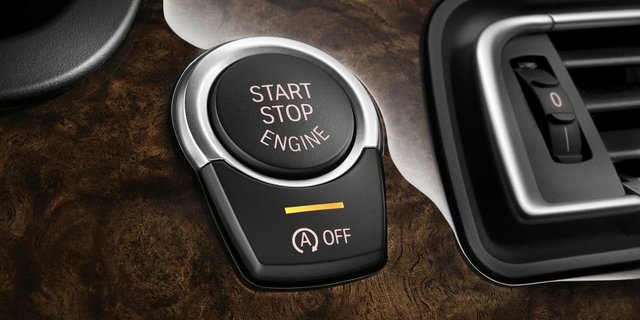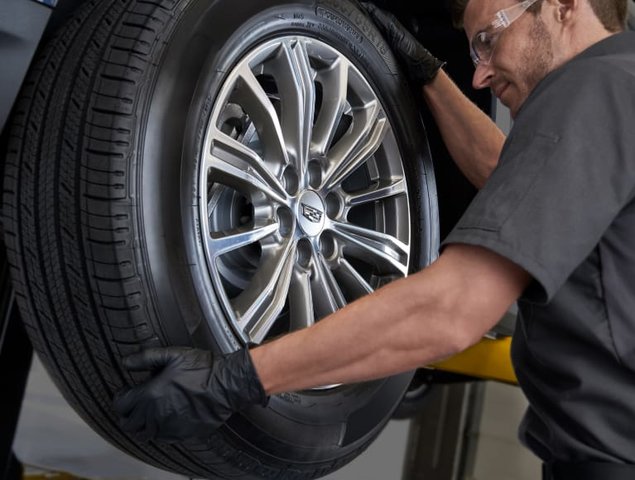Think your car's automatic start-stop system is defective? Well, it might just be the weather
With little doubt, one of the most controversial vehicle features to come out lately has to be automatic start-stop systems. This system automatically shuts off the engine while in gear and with the brake pedal depressed, and usually restarts when the driver releases the brake pedal. The theory is that by reducing idle time in traffic, fuel consumption and emissions will drop.
In reality, this makes very little difference for a substantial proportion of commuters who experience lower rates of stop-and-go driving or fewer incidents of getting stuck at traffic lights. There are enough consumers looking to permanently defeat this operation that aftermarket companies have come up with plug-and-play hardware that shuts off the system every time the vehicle is used. It’s worth noting automakers that used an automatic start-stop system to calculate published fuel economy figures are usually prohibited by regulations from offering a permanent off selection, but instead have a button — that must be pressed every time the vehicle is started — to disable the system.
But even for non-starters who hate the feature, it can become second nature, especially for models with seamless operation. So, it’s often disconcerting when it doesn’t work and some unusual instrument panel icon lights up to deepen the mystery. The conditions that will cause an automatic start-stop to stop working varies from model to model, but there is a common cause — think a climate control fan set to the highest speed, or the windshield wipers are activated at the same time as seat heaters and window defrosters. Not all models will indicate the system is offline due to any of these conditions via a dash icon.
Winter driving brings its own challenges to start-stop systems, and knowing if it’s a normal vs. abnormal offline situation may save you an unnecessary trip to the shop. Almost all of these systems systems use a smaller secondary battery — like the size used on motorcycles and ATVs. Like any other battery, these will have reduced capabilities when temperatures drop. If they don’t register a full charge, the system won’t operate.
They do recharge automatically through the engine’s regular alternator system, though. So if the engine hasn’t reached full operating temperatures (like on a frosty winter morning, for instance), the feature will be offline temporarily. On some models, if a temperature setting has been set on an automatic control system, the automatic start-stop feature will remain disabled until that temperature is reached.
Usually, if a start-stop system has a real problem, such as a battery that won’t recharge on its own or a sensor glitch, a warning icon will light up, messaging the driver that it’s time to get things checked out.









